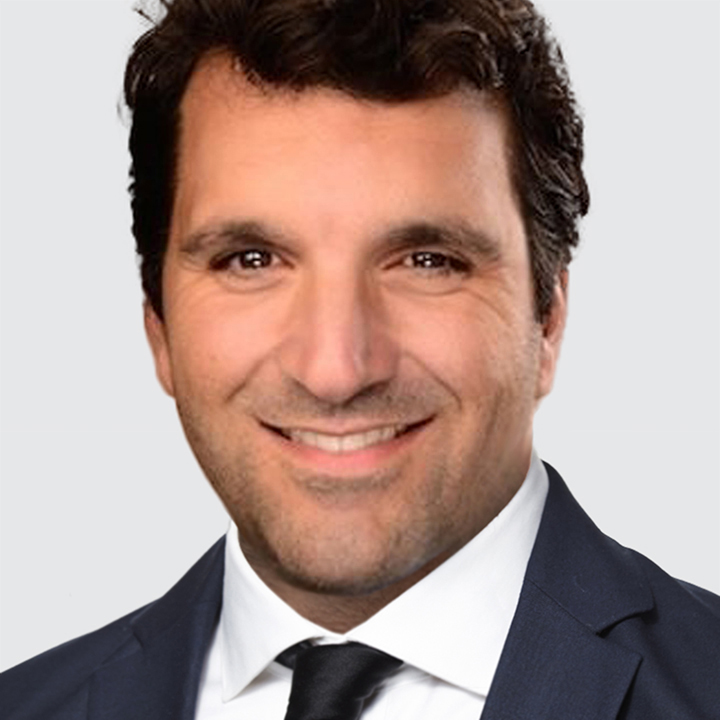A Tale of Two Messages
- US November inflation backs a Fed funds rate cut next week but also argue for a shallow easing cycle.
- We expect the ECB to deliver a dovish 25bps cut and the SNB to slash rates 50bps. Peru’s central bank to stand pat.
- Australia’s November labor force report was strong. AUD rallies across the board and Australian bonds sold-off.
USD advance stalls. Fed funds futures nearly fully price-in a rate cut next week after the US November CPI matched consensus. Meanwhile, 10-year Treasury yields rose to near a two-week high above 4.28% as stubbornly high US underlying inflation argue for a shallow Fed easing cycle. Higher 10-year Treasury yields supports the fundamental uptrend in USD.
In November, US headline CPI inflation quickened one tick to 2.7% y/y, core CPI printed at 3.3% y/y for a third consecutive month, and super core CPI (core services less housing) dipped to an 11-month low at 4.25% y/y vs. 4.38% in October. Overall, underlying inflation remains high and raises the possibility that progress on inflation may be stalling above the Fed’s 2% target.
The US November PPI print is up next (1:30pm London). Headline PPI is expected at 2.6% y/y vs. 2.4% in October while core PPI is projected at 3.2% y/y vs. 3.1% in October. Watch-out for PPI services ex-trade, transportation, and warehousing because it feeds into the core PCE calculations. In October, this measure of core services PPI increased to a five-month high at 4.6% y/y consistent with sticky underlying inflation.
The US Q3 household balance sheet data will also be worth keeping an eye on (5:00pm London). In Q2, the net worth-to-disposable personal income ratio rose to 785% of GDP from 778% of GDP in Q1 to be just under its all-time high at 836% of GDP in Q1 2022. Strong household balance sheet is a key factor underpinning solid consumption growth.
EUR/USD is firmer and will be guided by the outcome of today’s ECB policy decision (1:15pm London). The ECB is widely expected to cut rates 25bps to 3.00% and stick to its data-dependent guidance. Attention will be on ECB President Christine Lagarde’s press conference (1:45pm London) and the updated macroeconomic projections. Judging from the recent soft batch of eurozone economic data, the ECB will likely tweak lower its inflation and real GDP growth forecasts. This can lead to a downward adjustment to Eurozone interest rate expectations against EUR.
The market is currently pricing in 150bps of total easing over the next 12 months that would see the ECB policy rate bottom near 1.75%, but we think it could go even lower. The political paralysis in France and Germany means the ECB will have to do the heavy lifting to support the Eurozone economy.
USD/CHF is drifting lower ahead of the Swiss National Bank (SNB) policy decision (8:30am London). The SNB is widely expected to cut rates 25bps to 0.75%. The swaps market implies about 30% odds of a 50bps cut. We think the SNB will slash the policy rate 50bps because inflation is undershooting the SNB’s Q4 projection of 1.0% and the contraction in the manufacturing sector deepened in November. Indeed, SNB President Schlegel recently warned that negative interest rates cannot be ruled out.
AUD is outperforming and Australian bonds sold-off after Australia reported a good November labor force report. Employment increased 35.6k (consensus: 25k, prior: 12.1k) driven by a 52.6k rise in full-time jobs. Part-time jobs fell -17k. The unemployment rate unexpectedly dropped 0.2pts to 3.9% (consensus: 4.1%) and is tracking below the RBA’s 4.3% end of year forecast.
RBA cash rate futures trimmed odds of a February rate cut to 50% vs. 70% before the jobs data. However, the RBA’s reduced concern about inflation paves the way for the bank to start easing in February. The RBA noted earlier this week “the Board is gaining some confidence that inflation is moving sustainably towards target”, adding that “some of the upside risks to inflation appear to have eased.”
CAD pared back some of its post Bank of Canada (BOC) meeting gains. Yesterday, the BOC delivered a follow-up 50bps cut to 3.25% but toned down its easing guidance. The BOC noted “Going forward, we will be evaluating the need for further reductions in the policy rate one decision at a time.” Previously, the BOC warned “we expect to reduce the policy rate further.” BOC Governor Tiff Macklem effectively ruled-out additional jumbo cuts, pointing out that officials will consider further rate cuts but likely at a slower pace.
In our view, the BOC has room to keep ease which is an ongoing drag for CAD. Inflation in Canada is close to 2%, inflationary pressures are no longer broad-based, and the growth outlook is soggy. This means the BOC can afford to move the policy rate within its neutral range estimate between 2.25% to 3.25%.
Brazil’s central bank (BCB) delivered a hawkish hike yesterday. BCB raised the policy rate 100bps to 12.25% and warned “the Committee anticipates further adjustments of the same magnitude in the next two meetings.” The decision was unanimous. According to the BCB, upside risk to inflation and stronger than expected economic activity “requires an even more contractionary monetary policy.” The market is pricing-in 425bps of additional rate hikes over the next 12 months and the policy rate to peak at 16.50%.
Peru central bank meets today and is expected to keep rates steady at 5.00% (11:30pm London). However, three of the ten analysts polled by Bloomberg look for a 25bps cut to 4.75%. At the November 7 meeting, the bank cut the policy rate 25bps to 5.00% and signaled that the scope to ease policy further was limited as “the real interest rate is approaching the level estimated as neutral.” The bank added that the rate decision “does not necessarily imply successive reductions in the interest rate.” Since then, November headline and core inflation have picked up modestly and so a pause may be in order.

